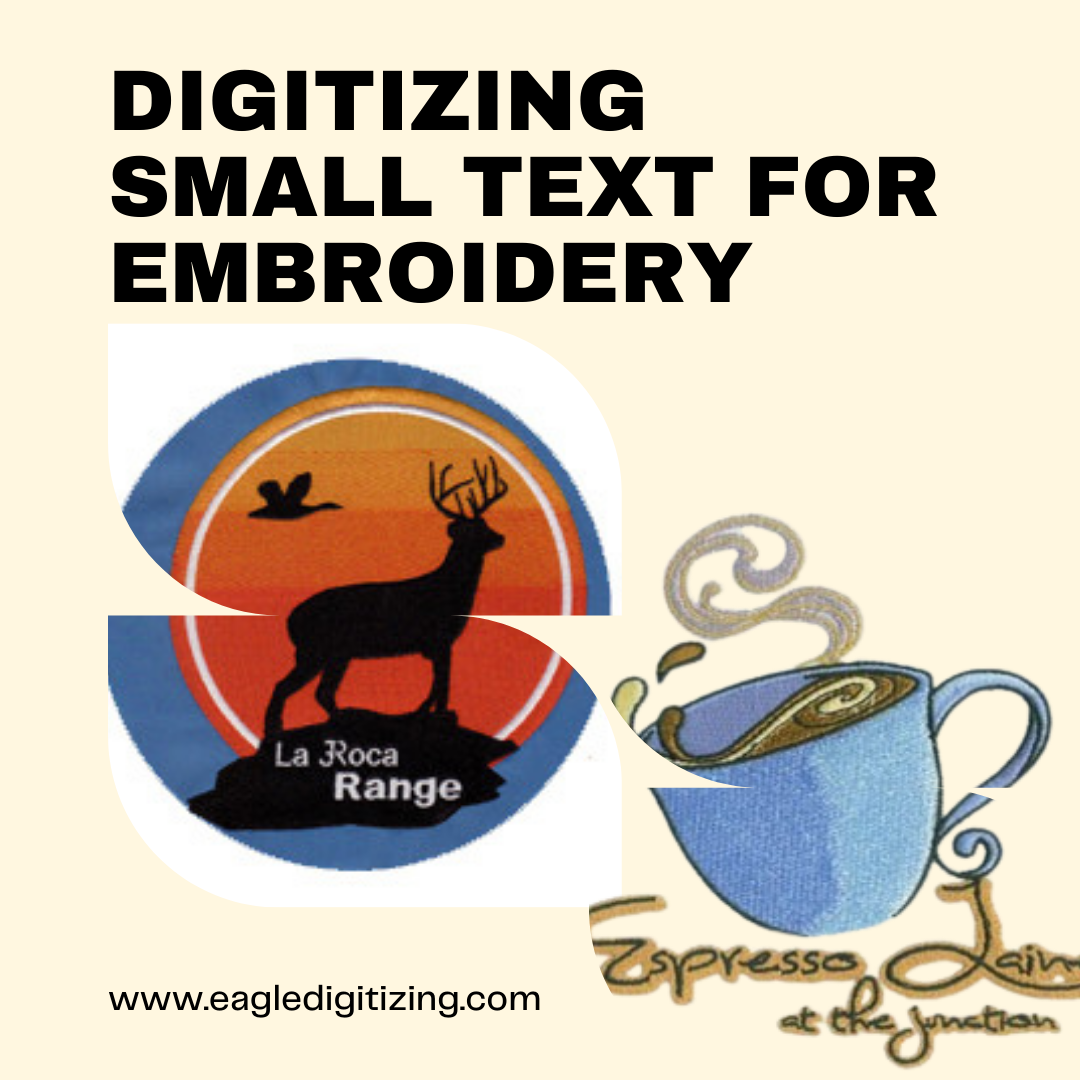Essential Techniques for Turning Text into Vectors
In today's digital age, where visual communication reigns supreme, the transformation of text into vector graphics has become a cornerstone of design and creative expression. From logo design to digital art, the ability to convert text into scalable, editable vectors opens up a world of possibilities for designers and artists. This article serves as a comprehensive guide, delving into the intricacies of this process and providing valuable insights into the essential techniques required for mastery.
What
are Text and Vector Graphics?
Text, in its simplest form, comprises characters and symbols used to convey written language. On the other hand, vector graphics are mathematical representations of shapes and lines, defined by precise coordinates and equations. Unlike raster images composed of pixels, vector graphics offer infinite scalability without loss of quality, making them ideal for various applications across print and digital media.
Key
Differences Between Text and Vector Graphics
While both text and vector graphics serve as visual elements, their underlying structures and characteristics differ significantly. Text is static and resolution-dependent, whereas vector graphics are dynamic and resolution-independent. This fundamental distinction empowers designers to create scalable, adaptable artwork that maintains clarity and precision across diverse platforms and dimensions.
Scalability
and Resolution Independence
Converting text to vectors ensures unparalleled scalability, allowing designs to be resized without compromising quality. Whether it's a small icon or a large-format banner, vectorized text retains its sharpness and clarity, making it suitable for a wide range of applications, from business cards to billboards.
Editing
and Manipulation Capabilities
Vectorized text offers unmatched flexibility for editing and manipulation. Designers can easily adjust attributes such as font, size, and color, enabling seamless integration into evolving design concepts. This dynamic nature facilitates experimentation and iteration, empowering creators to refine their vision with precision and ease.
Font
Selection
The choice of font plays a pivotal role in the success of text vectorization. Designers must consider factors such as readability, brand identity, and aesthetic appeal when selecting fonts for conversion. Additionally, licensing restrictions and compatibility with vector software should be taken into account to ensure legal compliance and seamless workflow integration.
Letter
Spacing and Kerning Adjustments
Fine-tuning letter spacing and kerning are essential for optimizing the visual coherence and legibility of vectorized text. By adjusting the spacing between characters and refining typographic details, designers can enhance the overall readability and aesthetic appeal of the final artwork.
Introduction
to Vector Software
Vector software serves as the primary tool for converting text into scalable vectors. These sophisticated applications provide a comprehensive suite of drawing tools, typography features, and editing capabilities tailored to the needs of graphic designers and illustrators.
Popular
Vector Software Options
Leading vector software options include Adobe Illustrator, renowned for its industry-standard tools and seamless integration with other Adobe Creative Cloud applications, and CorelDRAW, favored for its intuitive interface and robust feature set. These versatile platforms empower designers to unleash their creativity and bring their ideas to life with precision and efficiency.
Manual
Tracing
Manual tracing involves painstakingly recreating text using vector drawing tools. While labor-intensive, this method offers unparalleled control over the final result, allowing designers to preserve intricate details and nuances with precision.
Automatic
Tracing
Automatic tracing, also known as image tracing, utilizes algorithms to convert rasterized text into vector graphics automatically. While convenient for simple designs, automatic tracing may lack the precision and fidelity of manual methods, requiring additional refinement to achieve optimal results.
Understanding
Paths and Anchor Points
Paths and anchor points form the building blocks of vector graphics, defining the shape and structure of objects. Paths outline the contours of shapes, while anchor points serve as control points for adjusting curvature and direction.
Techniques
for Fine-Tuning Paths
Fine-tuning paths and anchor points involves manipulating bezier handles and adjusting curve parameters to achieve desired shapes and smooth transitions. By mastering these techniques, designers can achieve precise control over the appearance and behavior of vectorized text, ensuring visual coherence and fidelity.
Dealing
with Script and Decorative Fonts
Script and decorative fonts present unique challenges when vectorizing text due to their intricate designs and ornamental flourishes. Designers must exercise patience and attention to detail when converting these fonts, ensuring that the essence and character of the original typeface are preserved in the final artwork.
Converting
Text Effects and Styles
Text effects and styles, such as gradients, shadows, and outlines, can enhance the visual impact of vectorized text. When converting text with effects, designers should explore techniques for replicating or simplifying effects using vector drawing tools, maintaining consistency and visual coherence throughout the design process.
Considerations
for Different Output Formats
Before finalizing vector text, designers must consider the intended output format and medium. Whether it's print, web, or digital media, adjustments to stroke weights, color profiles, and file formats may be necessary to ensure compatibility and optimal reproduction across various platforms and devices.
Adjusting
Stroke and Fill Settings
Fine-tuning stroke and fill settings allows for further customization and refinement of vector text. By experimenting with stroke weights, colors, and fill patterns, designers can achieve desired visual effects and enhance the overall aesthetic appeal of the artwork.
Integrating
Vector Text with Other Design Elements
Vector text should seamlessly integrate with other design elements to create cohesive compositions. By paying attention to spacing, alignment, and visual hierarchy, designers can achieve harmonious interaction between text and imagery, enhancing the overall impact and readability of the design.
Tips
for Achieving Seamless Integration
Maintaining visual consistency is paramount when incorporating vector text into designs. By utilizing complementary colors, fonts, and styles, designers can create a unified visual language that reinforces brand identity and communicates key messages effectively.
Exporting
Vector Text for Various Platforms
When exporting vector text for different platforms, designers must consider factors such as file formats, resolution, and color profiles to ensure compatibility and optimal performance. By adhering to industry standards and best practices, designers can minimize compatibility issues and streamline the workflow across diverse platforms and environments.
Compatibility
with Design Software and Devices
Verify compatibility with popular design software and devices to ensure seamless collaboration and interchangeability of vector files. By adhering to established standards and protocols, designers can facilitate smooth integration and enhance productivity in multi-platform workflows.
In conclusion, the ability to convert textinto vectors is a fundamental skill for designers and artists navigating the
digital landscape. By understanding the principles and techniques outlined in
this article, practitioners can unlock new creative possibilities and elevate
their craft to new heights. Whether it's crafting a memorable logo, designing
captivating typography, or creating immersive digital experiences, the mastery
of text vectorization opens doors to endless
opportunities for innovation and expression in the dynamic world of visual
communication.



